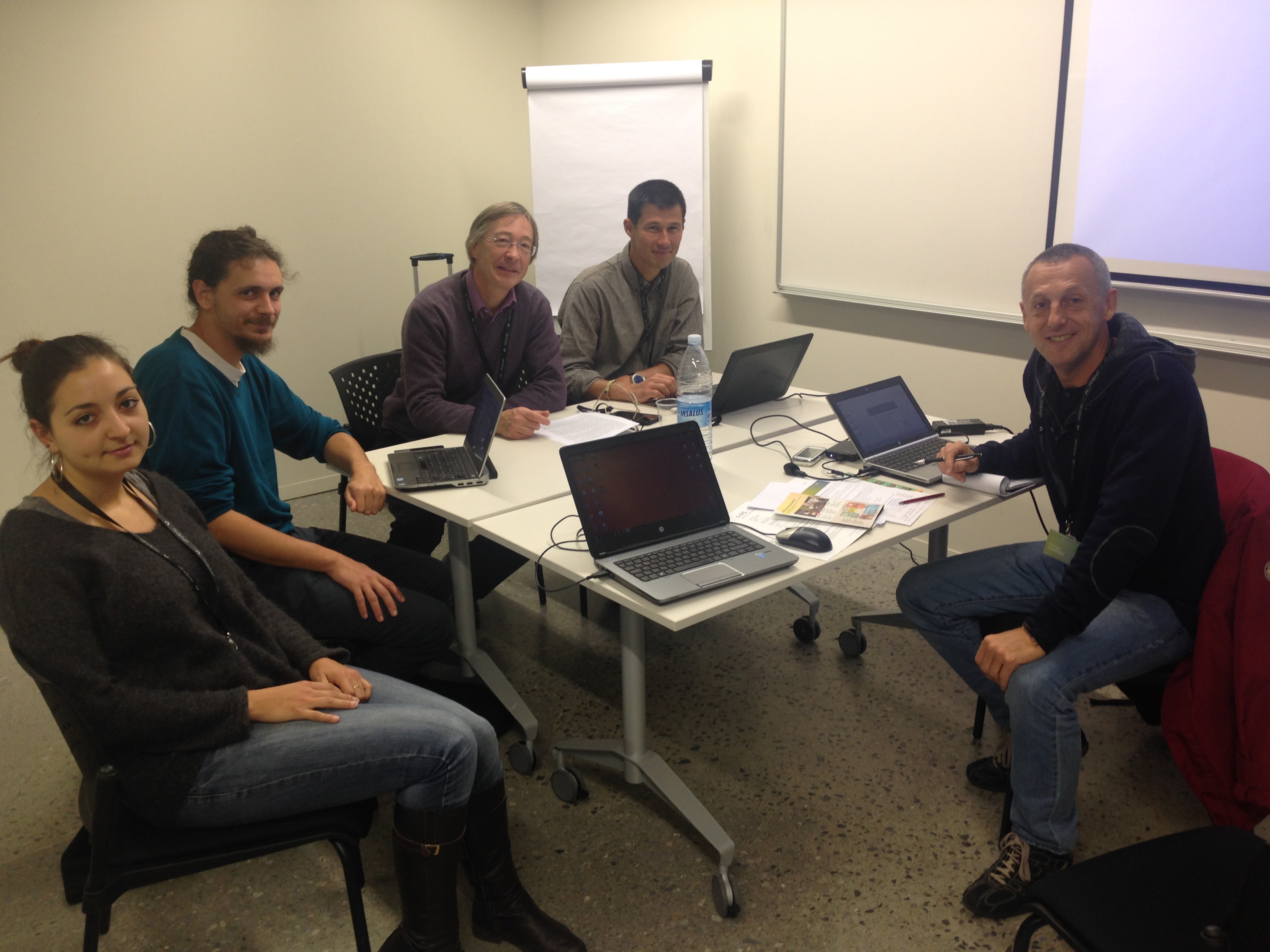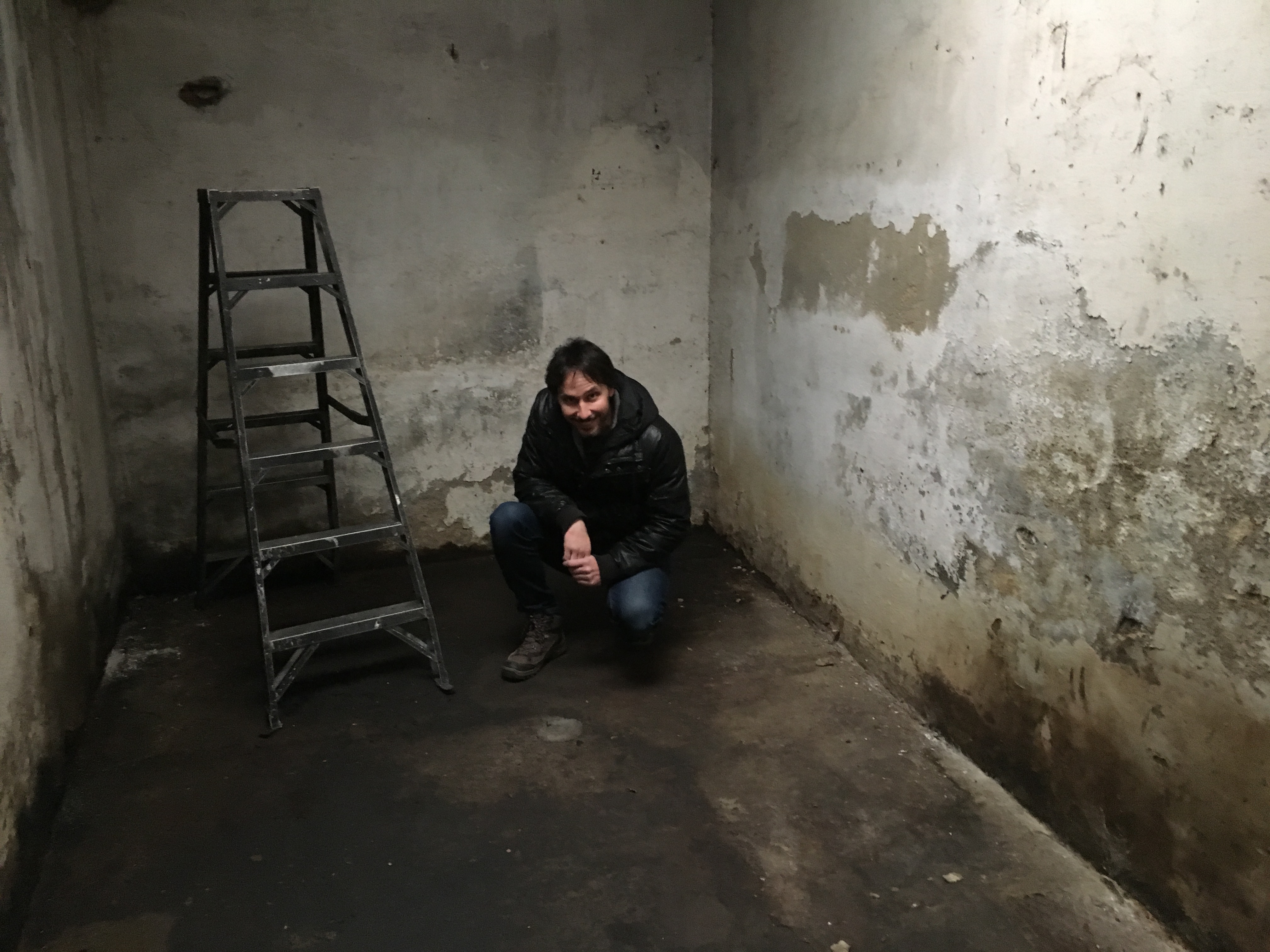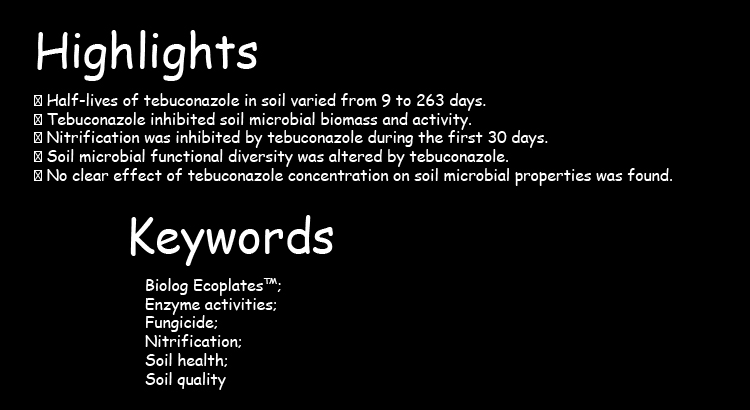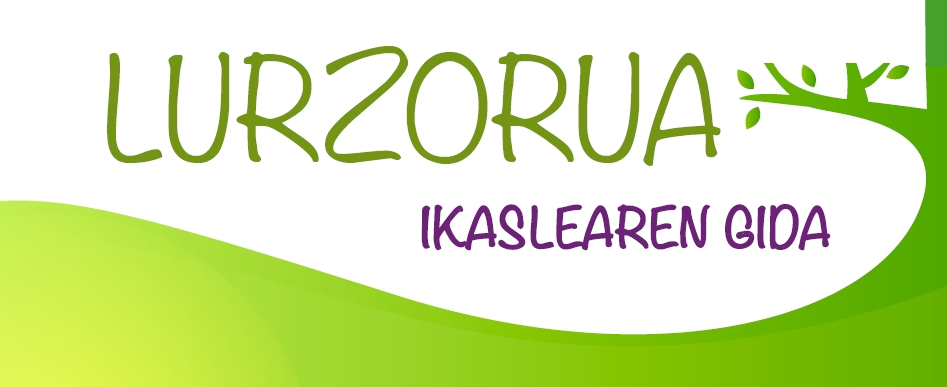During the 2nd Euskampus-Bordeaux Symposium (Donostia, 26-27 November 2015), we participated in a very fruitful discussion on ecological restoration and phytomanagement of marginal land.
Some of the main topics discussed were:
-The importance of focusing on integrative proposals covering the following topics: remediation-phytomanagement, climate change, global change, ecological processes and functions, biodiversity, human health, water quality, aboveground (plants)-belowground (microorganisms) links.
-We must emphasize that biodiversity can be used to quench exposure to contaminants and their impact (including emerging contaminants).
-Interesting topic: effects of spatial and temporal dynamics on ecosystem services.
-More knowledge is needed regarding intra- and interspecific variability, and their links with ecological stability.
-Different levels must be connected: gene-individual-population-communities-ecosystem.
-Effects of functional diversity on ecosystem services.
-Establish the links between processes, ecological functions and ecosystem services (bio-economy).
-Many people pay attention to biodiversity and ecosystem services but habitat structure (e.g., age of the forest, types of strata, etc.) and functioning might be more important from the point of view of ecosystem services.
-Research need: prediction and modelling with special attention to threshold values (from an improvement point of view).
-Multifunctionality of phytomanaged sites.
-Emphasize that, during phytomanagement, we are reducing exposure to contaminants.
-In restoration ecology, it is very useful to focus on assemblages.
-Important to take into consideration the existence of animal habitats and animal interactions in phytomanaged sites. Active and passive habitats for animals.
We have also discussed the possibility of (1) writing a best practice guide for the phytomanagement of polluted soils; (2) build an agreement between academic and non-academic partners to develop a pilot study/demonstration; (3) create a Centre for Interpretation of Phytotechnologies; (4) Organize a workshop for demonstration in situ (in a degraded site) of phytomanagement; (5) organizing a COST ACTION on biodiversity, ecological functions, resilience & ecosystem services.




